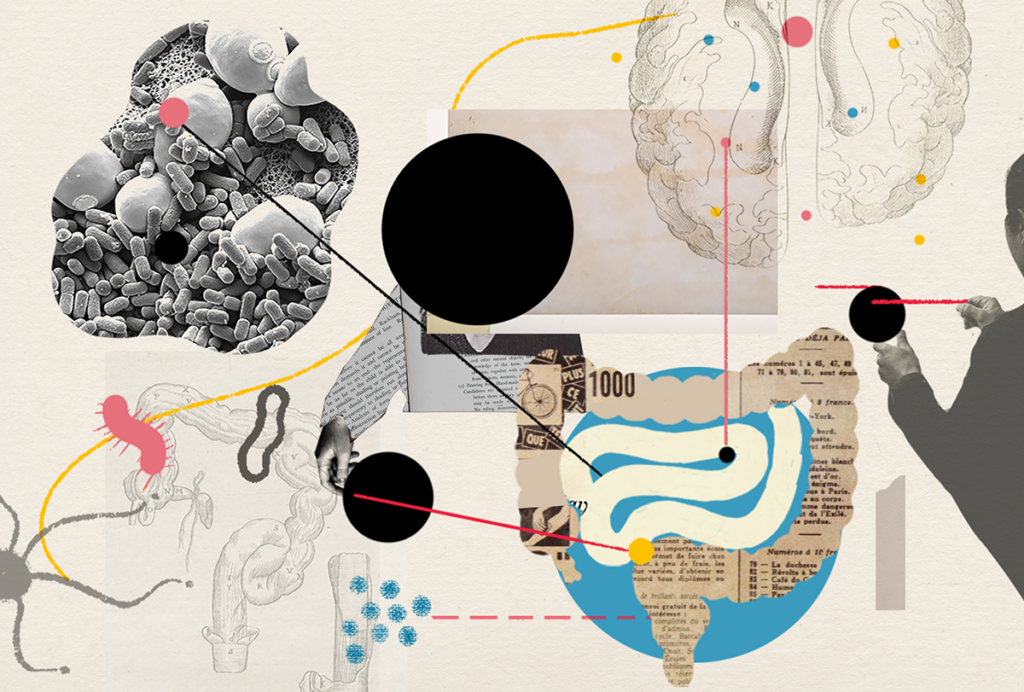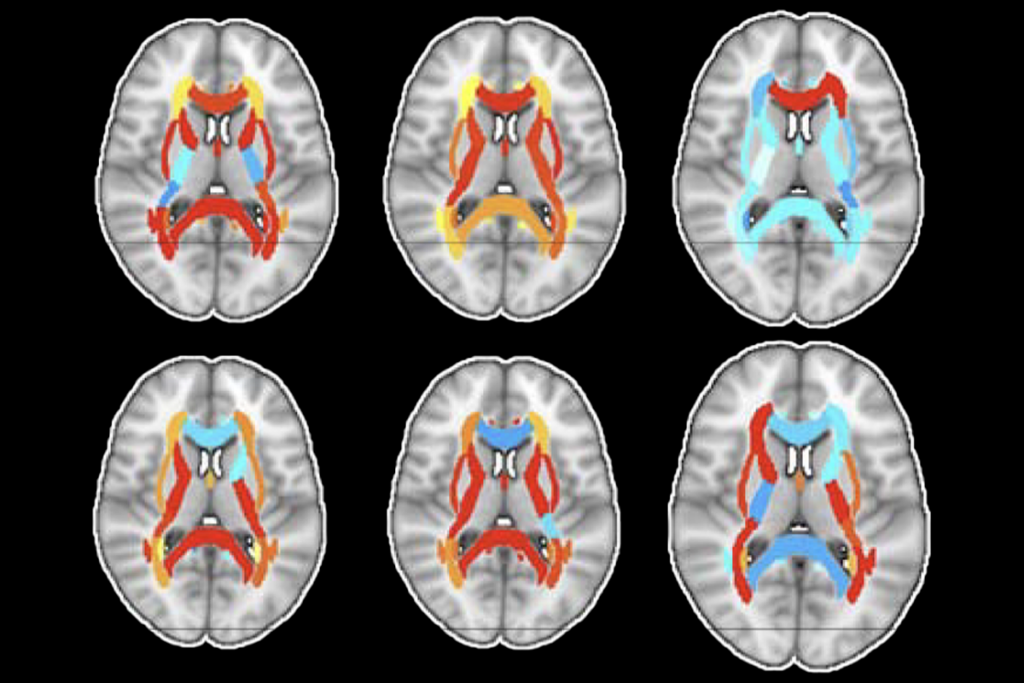Molecular ‘Swiss army knife’ can alter or turn on genes
A new version of the popular gene-editing tool CRISPR gives scientists the ability to both edit and activate genes using a single protein.
The popular gene-editing tool CRISPR uses a scissor-like enzyme called CAS9 to cut DNA at precise locations in the genome. A new version of the tool makes CAS9 more like a Swiss army knife, capable of both editing and activating genes.
The adapted system, described 7 September in Nature Methods, will allow researchers to more efficiently engineer animals or cell lines to study genetically complex diseases such as autism1.
Until now, using CRISPR to both edit and activate genes required two versions of CAS9. In the new study, researchers figured out how to endow the same CAS9 molecule with both abilities.
The method depends on altering the length of guide RNAs — short strands of RNA that attach to CAS9 and escort it to the appropriate region of the genome. CRISPR has traditionally required guide RNAs that are 20 nucleotides long. If these RNAs are shorter than 17 nucleotides, CAS9 cannot cut genes.
Some scientists hypothesized that short guide RNAs simply don’t stick well to DNA. The new study shows that short guide RNAs can tether CAS9 to the right area of the genome but somehow impede the enzyme from making cuts.
The researchers realized they could use this glitch to their advantage, as a way of deliberately blocking the enzyme’s cutting function. They attached a gene-activating molecule to CAS9. When combined with a short guide RNA, this modified CAS9 cannot cut DNA and instead lands on the target gene and activates it. To edit a gene, the researchers used longer guide RNAs, causing the enzyme to cut the gene before it could activate it.
By altering the length of guide RNAs, the researchers can toggle the enzyme between editing and activating. They used their new technique in cultured cells to edit one gene while activating another one.
The method should help scientists develop animal models of disorders such as autism. Seeing the combined effects of different genetic changes in the same animal or cell could shed light on the roots of the disorder.
References:
- Kiani S. et al. Nat. Methods Epub ahead of print (2015) PubMed
Recommended reading

Going against the gut: Q&A with Kevin Mitchell on the autism-microbiome theory
Explore more from The Transmitter

Neurophysiology data-sharing system faces funding cliff

A change at the top of SfN as neuroscientists gather in San Diego


